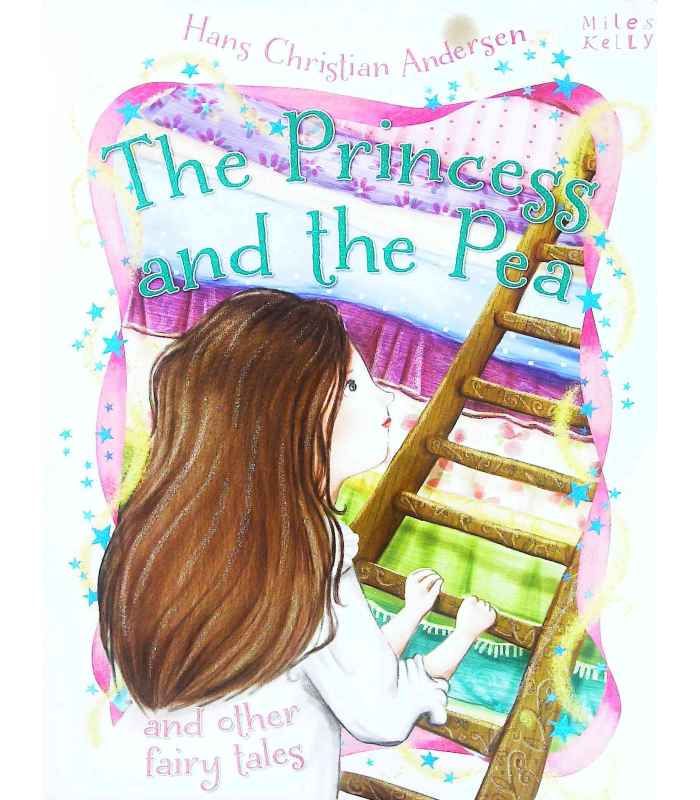

In fact, critic Paul Hazard pointed out the realistic aspects of the fairy tale that make it easily relatable to all people. "The Princess and the Pea" spurred on positive criticism, as well.

Toksvig wrote in 1934, " seems to the reviewer not only indelicate but indefensible, in so far as the child might absorb the false idea that great ladies must always be so terribly thin-skinned." While a 1905 article in the American Journal of Education recommended the story for children aged 8–10, "The Princess and the Pea" was not uniformly well received by critics.

According to Zipes and other writers, this tendency found expression in Andersen's stories, where people like the princess undergo ordeals to prove their virtuousness. Researcher Jack Zipes said that Andersen, during his lifetime, "was obliged to act as a dominated subject within the dominant social circles despite his fame and recognition as a writer." He therefore had a mixed opinion of the upper classes, at the same time aspiring to them and scorning them. The two are happily married, and the story ends with the pea being placed in a museum, where it might still be today. The prince's family realizes that she is a princess after all, since no one but a real princess could be so delicate. In the morning, the princess tells her hosts that she endured a sleepless night, kept awake by something hard in the bed that she is certain has bruised her. She decides to test their unexpected guest by placing a pea in the bed she is offered for the night, covered by twenty mattresses and twenty eider-down beds on top of the mattresses. She claims to be a princess, but the queen has doubts. One stormy night, a young woman drenched with rain seeks shelter in the prince's castle. He meets many princesses, but is never sure that they are real ( Danish: rigtig) princesses. The story tells of a prince who wants to marry a princess but is having difficulty finding a suitable wife. The tale is classified in the Aarne–Thompson–Uther Index as ATU 704, "The Princess and the Pea". The tale was first published with three others by Andersen in an inexpensive booklet on 8 May 1835 in Copenhagen by C.

" The Princess and the Pea" ( Danish: "Prinsessen paa Ærten" direct translation: "The Princess on the Pea") is a literary fairy tale by Hans Christian Andersen about a princess who is tested to become wife to a lonely prince.


 0 kommentar(er)
0 kommentar(er)
